Lion Dollar: A Numismatic Journey Through History
Introduction
I’m Stephen Pfeil, President of Global Coin, and few coins ignite my numismatic passion like the Lion Dollar, or “Leeuwendaalder,” of the Dutch Republic. Minted from the late 16th and 17th centuries to early 18th centuries, this silver coin is a testament to Dutch mercantile power and a vital link to early American history. Its bold design, rich backstory, and enduring allure make it a treasure for collectors and investors alike. Lion Dollars are often accompanied by a certificate of authenticity and housed in a branded presentation case, assuring collectors of their legitimacy and presentation quality. At Global Coin, we delight in sharing these historic pieces with enthusiasts who feel their pull. Join me as I explore the essence of Lion Dollars, their historical significance, design variations, collectibility, investment potential, market trends, notable varieties, and practical tips for acquiring these roaring relics, all woven with my personal connection to their legacy.
Introduction to Lion Dollars

My love for Lion Dollars began when I first held one, its silver surface gleaming with stories of global trade. The Lion Dollar, also known as the Lion Daalder, is a historic coin that originated in the Netherlands and played a pivotal role in colonial America and world trade. Lion daalders, as these historic silver coins are known, were prominent in 16th and 17th-century world trade, recognized for their distinctive design featuring a rampant lion on the obverse, symbolizing bravery and royalty, and an armored knight on the reverse, showcasing its striking design elements.
From the 16th to 17th centuries, Lion Dollars saw extensive circulation across Europe, Africa, the Middle East, and colonial America, favored by the dutch east india company (VOC) for export and trade. This coin became a standard for international transactions, trusted for its consistent weight and purity. Today, its history and significance are celebrated by collectors and investors seeking to own a piece of this colonial and mercantile legacy. Each Lion Dollar I hold feels like a passport to an era of exploration and ambition, connecting me to the Dutch Golden Age and beyond. Each coin was meticulously crafted by hand, highlighting the artisanal quality and historical authenticity of these remarkable pieces.
Historical Significance

The Lion Dollar’s historical reach captivates me. First minted in 1575 in the Netherlands, it became a cornerstone of trade in colonial America, particularly in New Amsterdam (now New York). The Dutch colony established its economic center on Manhattan Island, laying the groundwork for the city’s future as a financial powerhouse. The Dutch East India Company established a fort located on the southern tip of Manhattan Island—at the site that is now Wall Street, recognized today as New York's financial district—where Lion Dollars served as a standard coin for commerce, bartered for furs, grain, and goods. Their influence extended to the Middle East and Africa, where they were prized in markets from Istanbul to Zanzibar, shaping early global trade networks.
In New Amsterdam, the first paper money issued was payable in Lion Dollars, securing the colony’s monetary stability. The Lion Dollar's influence extended to the development of the modern US dollar, as its widespread use in colonial trade set a precedent for silver-based currency. Beyond its economic role, the Lion Dollar symbolizes the Netherlands’ strength and influence during the height of its maritime empire. Holding one, I feel the weight of a nation that defied odds to become a global powerhouse.
A Historical Emblem of Dutch Ambition

My fascination deepened when I learned of the Lion Dollar’s broader context. Introduced by the province of Holland around 1575, it was designed to fuel the Dutch Republic’s burgeoning global commerce. Weighing approximately 27.68 grams of 0.750 fine silver, it rivaled the Spanish 8 Reales, competing in international markets. Minted across several big cities in the Dutch provinces and colonial territories, such as Holland, Zeeland, Utrecht, Gelderland, and cities like Deventer, it became a staple in trade with Asia, Africa, and the Americas. Lion Dollars circulated in Europe, Africa, the Middle East and even the New World, highlighting their global influence.
In early America, Lion Dollars circulated widely in New Netherland during the 17th century, often counterstamped for local use. By the 1650s, Spanish silver began to dominate, but the Lion Dollar’s legacy endured in colonial records. I imagine Amsterdam’s merchants and lower manhattan settlers, united by this coin’s rampant lion, a bold emblem of Dutch pride and resilience that roared across continents.
Design and Variations
The Lion Dollar’s design is a masterpiece of numismatic art, and I’m drawn to its variations. The obverse features a rampant lion, bold and heraldic, with a knight standing behind a shield bearing the lion, symbolizing the coat of arms of the Dutch provinces. Inscriptions like “MO. ARG. PRO. CONFOE. BELG.” (silver money of the province of the Netherlands) vary by mint. The reverse showcases the same lion rampant, encircled by a motto such as “CONFIDENS. DNO. NON. MOVETVR” (He who trusts in the Lord is not moved), reflecting faith and fortitude.
Minted in big cities like Deventer, Utrecht, and Zwolle, each Lion Dollar carries unique design elements—Holland’s coins are sharply struck, while West Friesland’s may show softer details. Struck in 0.750 fine silver, the coin’s durability made it ideal for trade. At 40–42 mm, its large flan exudes authority. The variations, from subtle die differences to provincial styles, make each coin a fascinating study. I marvel at how these designs capture the Netherlands’ spirit, making every Lion Dollar a collector’s delight.
Designs That Roar with Pride

The Lion Dollar’s artistry never fails to impress me. The obverse’s armored knight, armored and resolute, stands behind the lion shield, a symbol of Dutch unity. The reverse’s lion, claws raised, radiates strength, its motto a declaration of trust in divine providence. Provincial mints added their flair—Zeeland’s smaller lion, Utrecht’s ornate lettering, or Deventer’s compact knight. Counterstamps, like New York’s 17th-century marks, add layers of history.
Despite wear from heavy circulation, the lion’s fierce stance remains vivid, a testament to Dutch craftsmanship. Holding a well-preserved example, I feel the pulse of a nation that challenged empires to carve its place in the world, its coins carrying that legacy across oceans.
The Thrill of Collecting Lion Dollars

As a collector, I find Lion Dollars endlessly rewarding. Their historical significance and variety make them accessible yet challenging, with prices ranging from $100 for worn examples to thousands for high-grade or counterstamped pieces. Several accounts and historical records confirm the widespread circulation and significance of Lion Dollars in colonial America, further enhancing their appeal to collectors. Building a collection by province, mint city, or period (pre-1600, post-1600) is a thrilling pursuit. Key issues, like the 1589 Holland or 1616 Utrecht, are prized for low mintages, while colonial counterstamps tied to New Netherland are holy grails.
Condition is critical, as many saw heavy use. Very fine or better examples, graded by PCGS or NGC, command premiums. I’ve spent hours at coin shows hunting for a 1600s Zeeland issue, its lion sharp and inscriptions clear. Varieties, like die breaks or legend variations, add depth. Each Lion Dollar in my collection feels like a piece of the Dutch Golden Age, connecting me to explorers and traders who shaped history.
Collecting and Investing
The Lion Dollar is a highly sought-after coin, and I’m thrilled by its appeal to collectors and investors. Its historical significance—bridging Europe, colonial America, and the american dollar global trade—combined with its rarity, makes it a prized addition to any collection. Values vary by condition, rarity, and demand: a good to fine example might cost $100–$300, while a choice very fine 1616 Utrecht or a counterstamped piece can fetch $1,500–$7,000 or more.
Collectors can choose from coins minted in cities like Deventer or Zwolle, each with unique design elements, or focus on specific periods or counterstamps. Authenticity and provenance are paramount—certified coins from PCGS or NGC offer peace of mind. The investment potential is strong, as the coin’s historical allure and limited supply drive appreciation. I’ve seen clients at Global Coin build sets that grow steadily, blending passion with profit. Owning a Lion Dollar is like holding a piece of the world’s economic history.
Investment Potential: Silver and Scarcity

As an investor, I see Lion Dollars as a dual asset: silver bullion and numismatic rarity. Their 0.750 fine silver content (about 0.671 troy ounces) ties their baseline value to silver prices, around $30 per ounce in 2025, yielding a melt value of roughly $20. However, their historical and collectible value far exceeds melt. A very fine 1616 Utrecht might fetch $500–$1,500, while a counterstamped colonial example can soar to $5,000 or more.
The market rewards quality and provenance. Coins graded VF-30 or higher, especially with documented colonial use, appreciate steadily as supply dwindles. I’ve watched collectors’ sets triple in value over a decade, blending silver’s stability with numismatic growth. Forgeries, particularly for rare dates or counterstamps, are a risk, so I urge buyers to choose dealers like Global Coin, where authenticity is assured. Lion Dollars offer a rare chance to invest in history while hedging against uncertainty.
Market Trends in 2025
The Lion Dollar market is vibrant today. Growing interest in early modern numismatics, fueled by exhibitions on the Dutch Golden Age and colonial history, drives demand. High-grade examples, like a 1619 Holland in XF-40, sold for $2,500 in 2024, while counterstamped pieces fetch $7,000 or more. The date of the coin, such as the 2025 minting year, plays a crucial role in determining its collectible value and relevance in the current market. Common dates in good to fine condition remain accessible at $100–$300, but pristine or provenanced coins are scarcer as collectors hold firm.
Online platforms like Heritage Auctions and Stack’s Bowers thrive, while coin shows attract enthusiasts drawn by the coin’s American and VOC connections. Modern Dutch restrikes spark interest but lack the originals’ value. At Global Coin, our curated Lion Dollar inventory reflects this demand, offering everything from affordable starters to investment-grade rarities. The market’s energy mirrors 17th-century Amsterdam’s ambition, making now a thrilling time to collect.
Notable Varieties: The Collector’s Adventure
Chasing Lion Dollar varieties is my favorite numismatic thrill. Provincial differences—Holland’s larger shield, Zeeland’s smaller lion, or Utrecht’s ornate lettering—are a delight. Early issues, like the 1576 Holland, are rare, with crude strikes reflecting wartime minting. Counterstamps, such as New York’s 1650s–1660s marks (e.g., a crowned lion or “NY”), tie coins to colonial trade and are exceedingly scarce. Die varieties, like the 1617 West Friesland with a double-struck lion or Deventer’s unique knight, add intrigue.
I once found a 1622 Utrecht with a clear die crack at a Brussels coin fair, its imperfection a story of the mint’s haste. These nuances, cataloged in The Coins of the Dutch Republic by Delmonte, turn collecting into a historical quest. I urge collectors to study auction records and use a 10x loupe to spot varieties. Finding a colonial counterstamp feels like uncovering a relic of New Amsterdam.
Practical Tips for Acquiring Lion Dollars

My decades at Global Coin have taught me how to build a Lion Dollar collection wisely:
-
Start Smart: Begin with common dates like 1640s Holland or Zeeland in good to fine condition, priced $100–$300, to learn the series.
-
Prioritize Quality: For investment, seek PCGS or NGC-graded coins in VF-20 or higher. Provenance, like colonial counterstamps, adds value.
-
Target Key Issues: Focus on early dates (pre-1600), Deventer mints, or counterstamped examples if your budget allows.
-
Beware Fakes: Forgeries target counterstamps and rare dates. Buy from trusted dealers like Global Coin, and act quickly to ensure your desired coin is secured before it becomes unavailable. Always verify raw coins with experts.
-
Hunt Varieties: Use Delmonte’s guide to spot die breaks or city-specific designs. A loupe and good lighting are essential.
-
Store Safely: Keep coins in archival holders, away from humidity, to preserve condition and patina.
-
Join the Community: Join the ANA, attend coin shows, and connect online. Numismatists share invaluable insights.
A Personal Connection to the Dutch Legacy
Lion Dollars resonate deeply with me. Growing up, I was captivated by tales of Dutch explorers like Henry Hudson, who sailed the Hudson River under the Dutch flag. Holding a Lion Dollar, I imagine it jingling in a New Netherland trader’s pouch, bartered for furs or grain. My first Lion Dollar, a worn 1641 Holland acquired at a small auction, sparked my love for Dutch numismatics. Its weathered lion seemed to roar with stories of adventure and commerce.
At Global Coin, I’ve helped collectors find their own connections—a 1616 Utrecht for a history buff, a Deventer issue for a Dutch descendant, or a counterstamped piece for a New York native. These coins evoke the Dutch Golden Age—ships laden with spices, Rembrandt’s brushstrokes, and a fledgling Manhattan. My collection, built over years, is a tribute to that era’s audacity, each coin a chapter in a global saga.
Conclusion: A Roaring Legacy
The Lion Dollar is more than a coin—it’s a symbol of Dutch ambition, colonial America, and global trade. As President of Global Coin, I’m thrilled to share my passion with collectors and investors worldwide. Whether you seek a single example, a city-specific set, or a rare counterstamped piece, Lion Dollars offer history, beauty, and value. With demand rising and authenticity paramount, there’s no better time to dive in. Their silver gleam, tied to the Age of Sail, captivates both heart and portfolio.
Interestingly, the word 'dollar' itself traces its origin to the Dutch 'Leeuwendaalder,' and this word later evolved into 'dollar' in American usage, influencing the names of currencies around the world.
Explore our curated Lion Dollar selection at shopglobalcoin.com. Let’s embark on this numismatic voyage together, uncovering the stories within each coin. What’s your Lion Dollar story? I’d love to hear it.


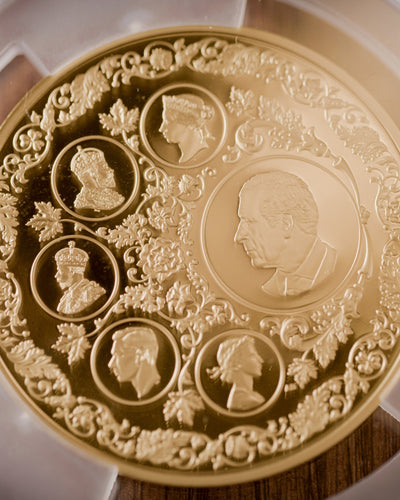
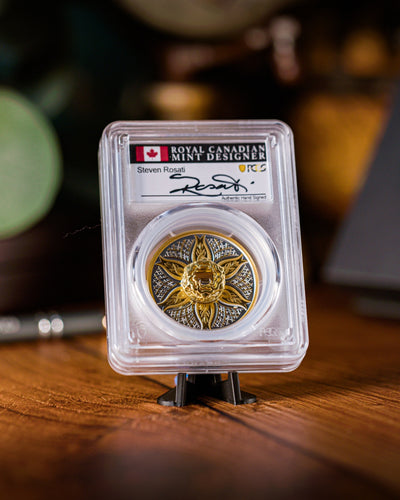
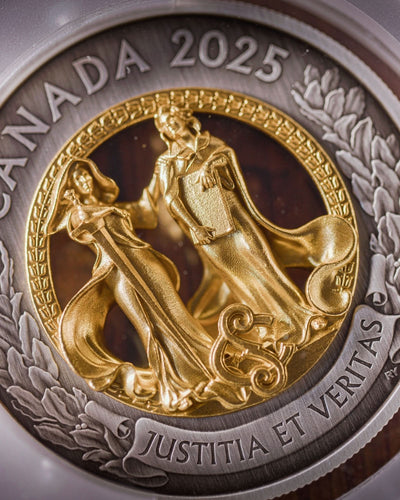
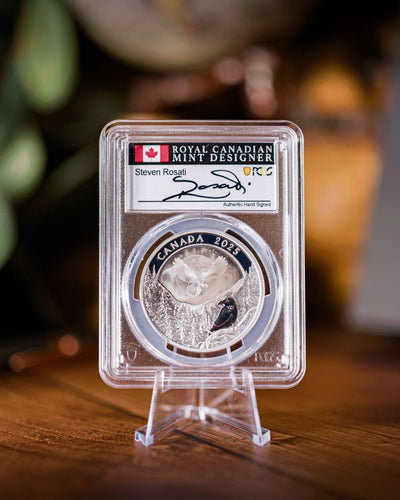
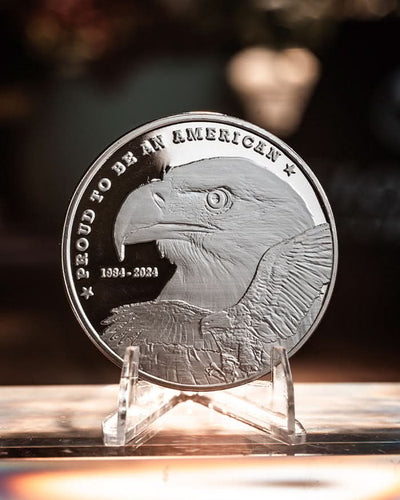
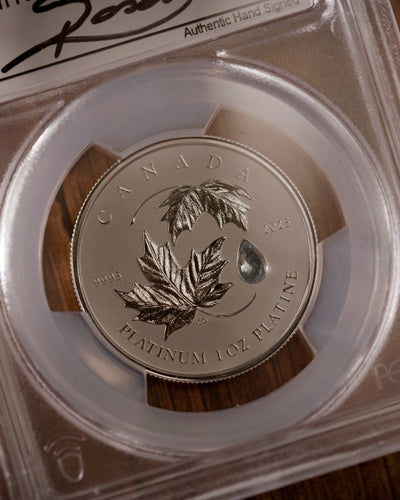
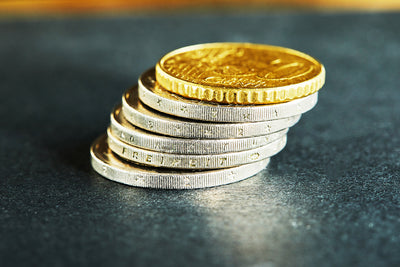


Leave a comment
This site is protected by hCaptcha and the hCaptcha Privacy Policy and Terms of Service apply.